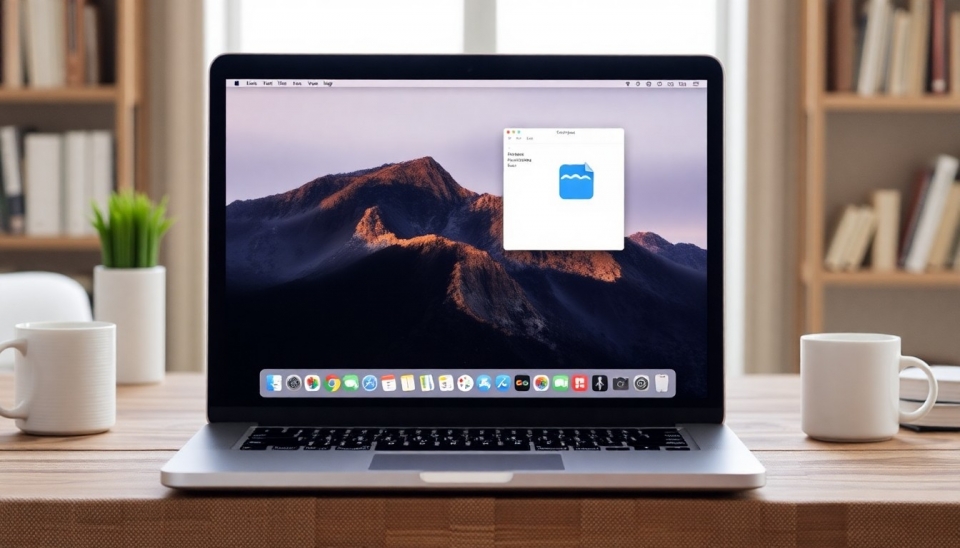How to Quickly and Effectively Free Up Space on Your Mac

Modern Mac users often face the problem of insufficient storage space on their devices. This can be a source of stress, especially if you store a significant amount of data such as photos, videos, or work documents. But don’t despair – there are simple and effective ways to free up space on your Mac without deleting important files.
The first step in freeing up space is to check which files are taking up the most storage. Your Mac has a built-in tool for analyzing storage. To use it, go to the "About This Mac" menu, then to the "Storage" tab, where you will see a chart showing how your space is used. This will help you identify which file categories need attention.
After that, there are several strategies you can apply. Consider using cloud services to store important data, such as Google Drive, iCloud, or Dropbox. This will allow you to free up space on your device while keeping all necessary files accessible.
Clearing cache and temporary files can also be a good solution. Many applications store temporary files and cache that accumulate over time and take up a lot of space. Use system cleanup utilities, such as CleanMyMac or OnyX, to remove unnecessary data and optimize your device.
Don't forget to check your "Downloads" folder and delete files you no longer need. Often we forget about old downloads that just take up space. Organizing files and regular cleaning will help maintain order on your drive and avoid storage shortage problems in the future.
Finally, if you have the option, consider increasing your Mac's storage by replacing the hard drive with a larger one or installing an SSD. This may require some technical knowledge, but ultimately leads to a noticeable improvement in your device's performance.
In conclusion, freeing up space on your Mac is not as difficult as it may seem at first glance. With built-in tools, cloud services, and cleaning utilities, you can restore productivity and responsiveness to your system, and enjoy comfort while working on your computer.




